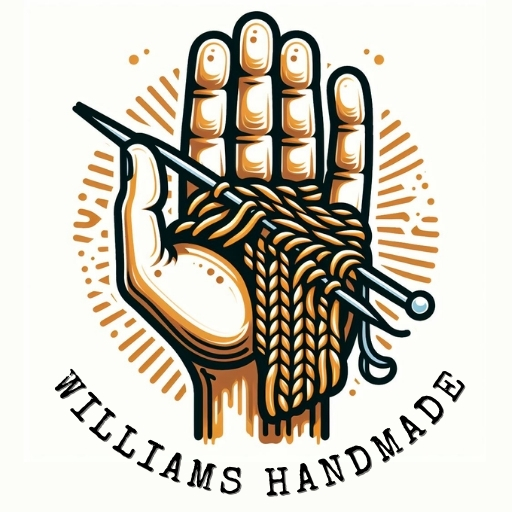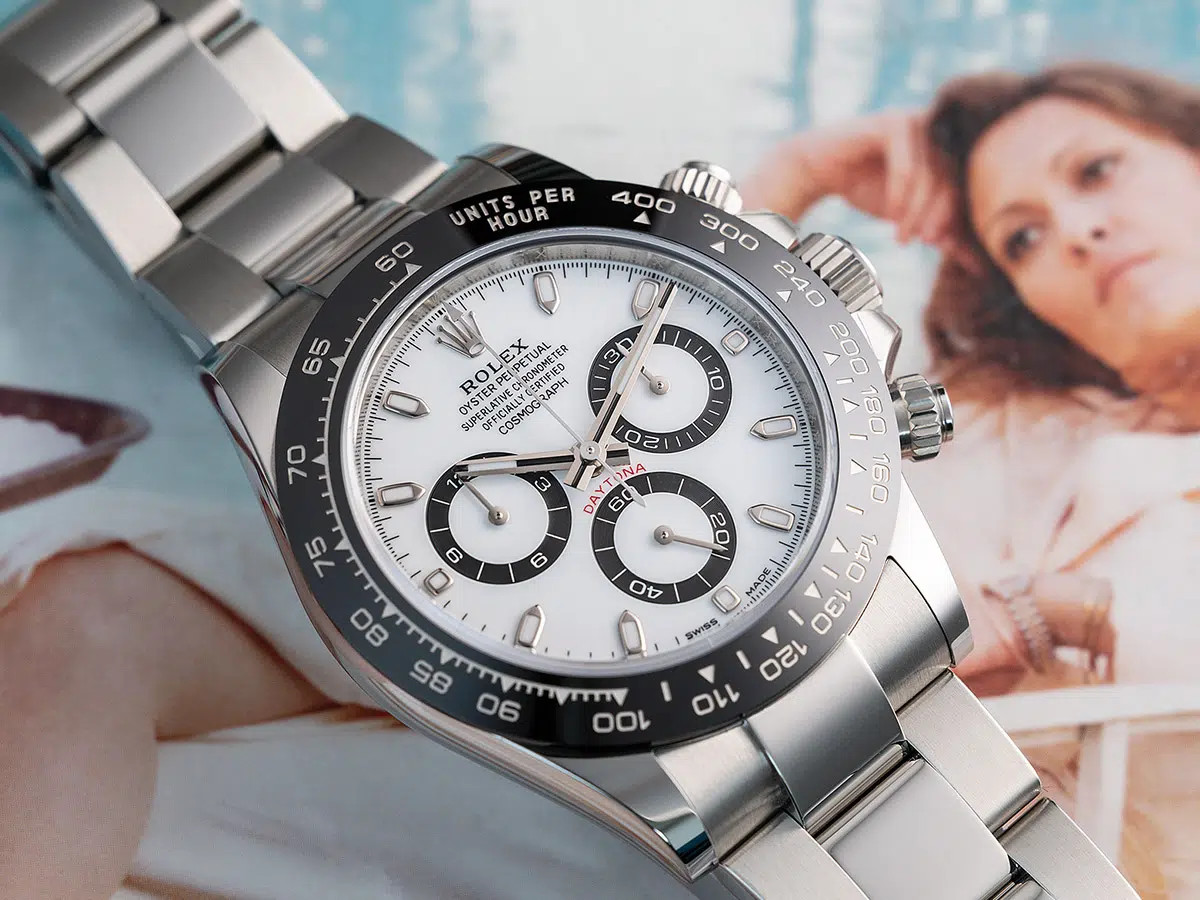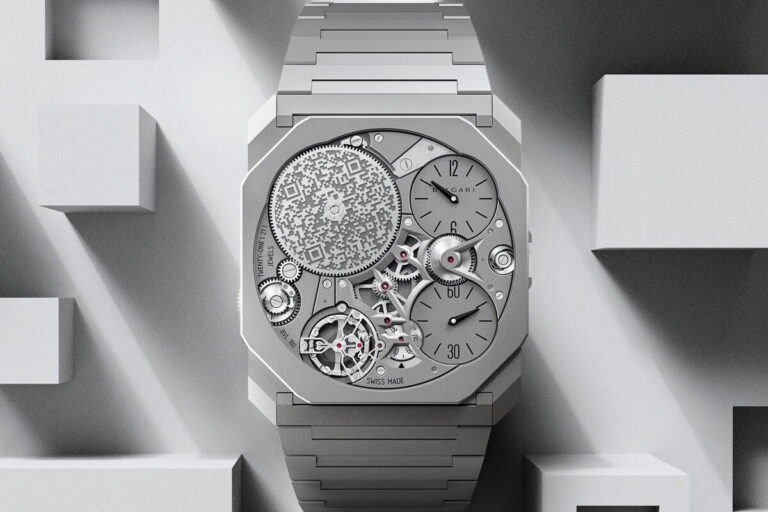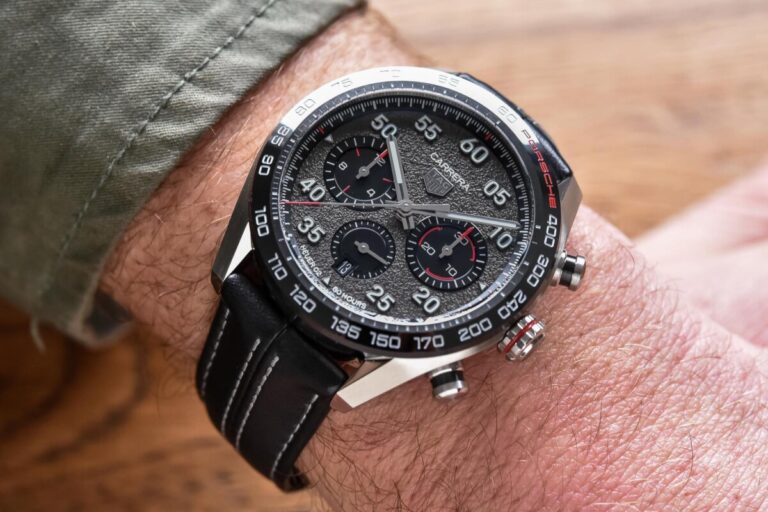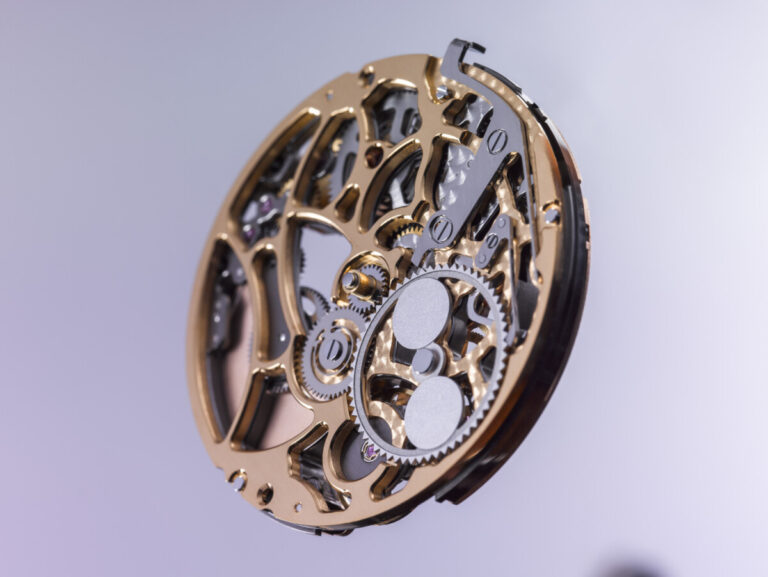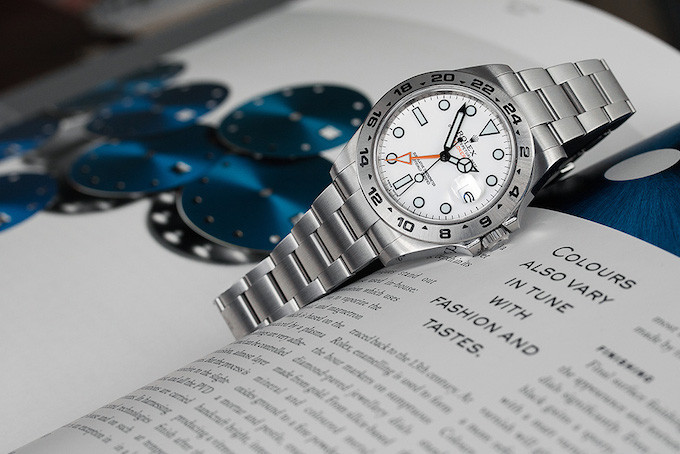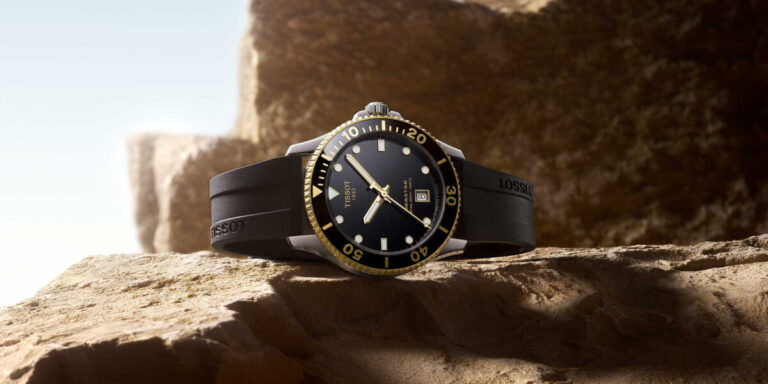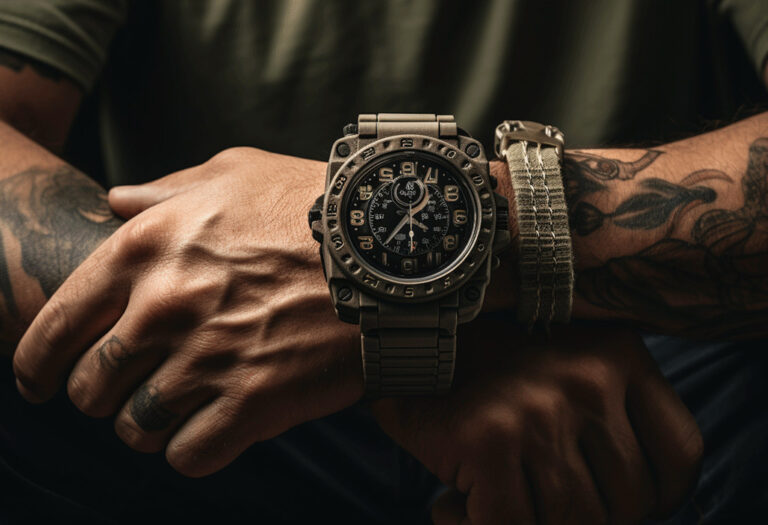As a watch enthusiast, I’ve often encountered the terms “chronometer” and “chronograph” used interchangeably, leading to confusion and misunderstanding. While they may sound similar, these two terms have distinct meanings, and it’s crucial to grasp the differences between them if you’re serious about horology.
In this article, I’ll shed light on the intricacies of chronometers and chronographs, exploring their definitions, functionalities, and significance in the world of watchmaking. By the end, you’ll have a comprehensive understanding of these timekeeping titans, empowering you to appreciate and select the right timepiece for your needs.
Introduction to Chronometers on Watches

A chronometer is a highly accurate timekeeping instrument that has undergone rigorous testing and certification by an official body. In the world of watches, the term “chronometer” is often associated with the prestigious Contrôle Officiel Suisse des Chronomètres (COSC) certification.
The COSC is an independent Swiss institute that subjects watches to a series of stringent tests to assess their accuracy and precision under various environmental conditions, such as humidity, magnetism, shock, and water resistance. Only watches that meet the strict COSC standards, which require an average daily accuracy of +6/-4 seconds, can be officially labeled as “chronometers.”
The COSC certification process is a testament to a watch’s capability and reliability, ensuring that it can withstand the challenges of everyday wear and maintain accurate timekeeping. This certification is highly coveted in the watch industry, as it represents a mark of excellence and precision.
While the COSC is the most widely recognized certification body for chronometers, some luxury watch brands have their own alternative certification standards. For instance, the Geneva Seal is a prestigious certification awarded to watches that meet strict criteria for craftsmanship, finishing, and timekeeping accuracy.
Additionally, Omega, a renowned Swiss watchmaker, has introduced its own Master Chronometer Certification, which goes beyond the COSC standards. Omega watches bearing the Master Chronometer certification have undergone additional tests conducted by the Federal Institute of Metrology (METAS) to ensure superior antimagnetic properties and overall performance.
One example of a watch that exemplifies both COSC and METAS certifications is the Omega Seamaster Planet Ocean 600M. This diving watch not only meets the COSC chronometer standards but also undergoes Omega’s rigorous METAS testing, making it an exceptional timepiece in terms of accuracy, precision, and resistance to magnetic fields.
The World of Chronographs

A chronograph, on the other hand, is a watch that features a stopwatch function, allowing the wearer to measure elapsed time accurately. This complication, which is common in many timepieces, is particularly useful for timing various events, races, or activities that require precise time measurement.
Chronograph watches typically feature two or three sub-counters, often referred to as “complications,” that display the elapsed time in different increments. One sub-counter may track running seconds, while another tracks elapsed minutes, and a third tracks elapsed hours. These sub-counters, combined with the chronograph’s main timekeeping function, provide a comprehensive and easy-to-read display of elapsed time.
Many chronograph watches also incorporate additional features, such as small running seconds, a 30-minute counter, or even a 12-hour counter. Some advanced versions, like the Rattrapante (split-second) Chronograph and the Flyback Chronograph, offer even more sophisticated functionalities.
The Rattrapante Chronograph, for instance, allows the wearer to track two separate intervals simultaneously, making it an invaluable tool for timing events that require precise split-timing. The Flyback Chronograph, on the other hand, enables the wearer to reset and restart the chronograph function with a single push of a button, streamlining the process of timing consecutive events.
One of the distinctive features of chronograph watches is the presence of push-pieces (typically located at the 2 and 4 o’clock positions), which are used to start, stop, and reset the chronograph function. These pushers, along with the sub-counters, are the hallmarks of a true chronograph watch.
Additionally, many chronograph watches incorporate tachymeter scales on their bezels or dials. These scales allow the wearer to measure speed based on the elapsed time and a known distance, making them particularly useful for activities such as motorsports or aviation.
Some chronograph watches even feature a pulsometer scale, which can be used to measure heart rate by counting the number of pulse beats over a specific time interval. This feature can be invaluable for athletes, medical professionals, or anyone interested in monitoring their cardiovascular health.
Can a chronograph be a chronometer
The answer is yes, a chronograph watch can also be a certified chronometer if it meets the stringent accuracy and precision standards set by organizations like COSC.
However, it’s important to note that not every watch is a chronometer, even if it displays exceptional timekeeping accuracy. The term “chronometer” is reserved for watches that have undergone and passed the specific certification process, which includes rigorous testing under various environmental conditions.
While a chronograph watch with chronometer certification may offer the best of both worlds – accurate timekeeping and stopwatch functionality – it’s crucial to understand that these are two distinct concepts. A chronometer is defined by its precision and certification, while a chronograph is defined by its ability to measure elapsed time.
Chronometer Vs Chronograph – The Verdict
In the battle of chronometer vs chronograph, there is no clear winner – both have their unique strengths and serve different purposes in the world of watchmaking. A chronometer is a testament to a watch’s exceptional accuracy and precision, ensuring reliable timekeeping under various conditions. On the other hand, a chronograph is a versatile tool that allows the wearer to measure elapsed time accurately, making it invaluable for a wide range of activities.
While some watches can boast both chronometer certification and chronograph functionality, it’s important to recognize the distinct roles these features play. By understanding the differences between chronometers and chronographs, you can make an informed decision when selecting a timepiece that aligns with your needs and preferences.
The world of watchmaking is vast and rich with complexities, and exploring the nuances of these timekeeping titans is just the beginning. I encourage you to delve deeper into the fascinating realm of horology, where you’ll discover countless intricacies and marvels that will ignite your passion for watches even further.
If you’re eager to continue your horological journey, consider subscribing to The Slender Wrist, a respected source for watch enthusiasts. Our newsletter will keep you updated with the latest news, reviews, and insights from the world of watchmaking, ensuring that you stay ahead of the curve in this ever-evolving industry.
Conclusion
In conclusion, the terms “chronometer” and “chronograph” may sound similar, but they represent distinct concepts in the world of watchmaking. A chronometer is a highly accurate timepiece that has undergone rigorous testing and certification, ensuring exceptional timekeeping precision. On the other hand, a chronograph is a watch with stopwatch functionality, allowing the wearer to measure elapsed time accurately.
While some watches can combine both chronometer certification and chronograph capabilities, it’s essential to understand the distinct roles and purposes of these features. By grasping the differences between chronometers and chronographs, you can make informed decisions when selecting a timepiece that aligns with your needs and preferences.
The world of watchmaking is rich with complexities and marvels, and exploring the nuances of these timekeeping titans is just the beginning. I encourage you to continue your horological journey, delving deeper into the intricacies of watchmaking and discovering the countless wonders that await.
And if you’re eager to stay updated with the latest news, reviews, and insights from the world of watches, consider subscribing to The Slender Wrist. Our newsletter will keep you informed and inspired, fueling your passion for horology even further.
